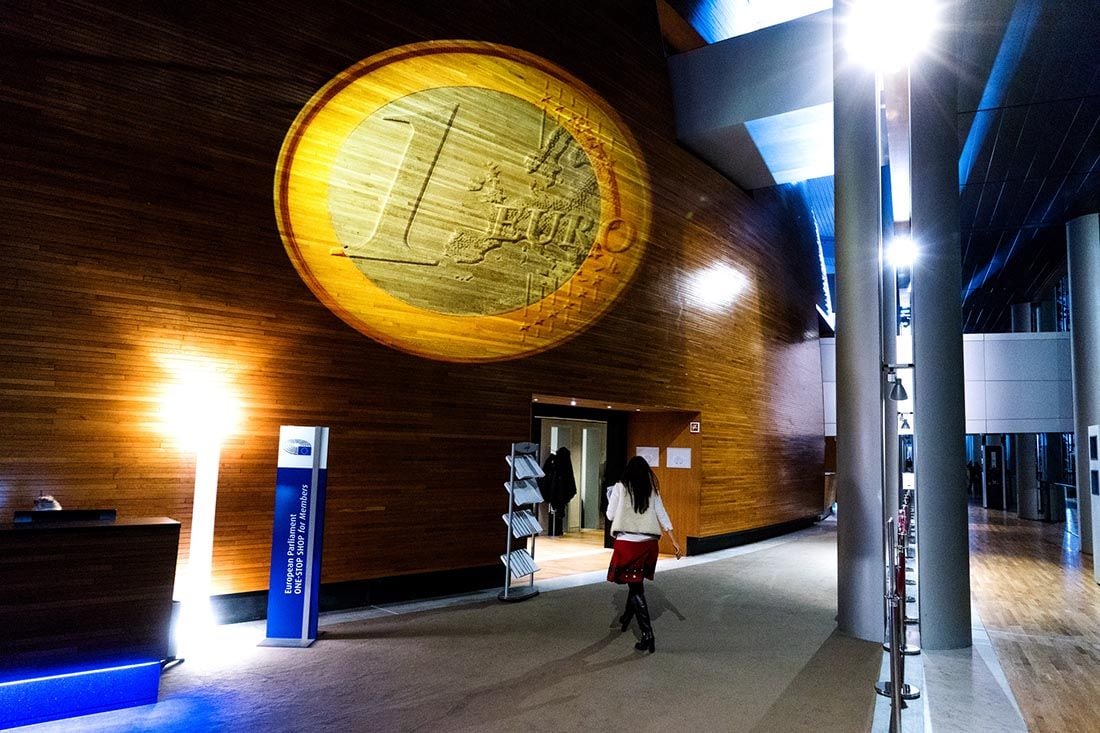European Central Bank Looking Through Eye of Energy Supply Storm
- Written by: James Skinner
“In July we decided on a 50 basis point hike in light of the inflation outlook. At the moment I do not think this outlook has changed fundamentally,” - ECB executive board member Isabel Schnabel.

Image © European Union - European Parliament, Reproduced Under CC Licensing.
The European Central Bank may be set to remain on its current hawkish interest rate course even as the common currency economic area enters the eye of an energy supply storm this winter if the latest remarks from executive board member and ECB policymaker Isabel Schnabel are anything to go by.
European policymakers may have crossed a rubicon in July when voting to lift all of the ECB’s key interest rates by 50 basis points in a policy decision that formally ended a half decade era of negative interest rates on the continent.
This has become more likely with influential members of the Governing Council signalling since then that further increases in the ECB’s interest rates remain likely even as market concerns about the European economic outlook grew further in the weeks since July’s meeting.
One of the latest policymakers to do exactly that was Isabel Schnabel when speaking in an interview with Reuters this week.
“We have learned that the economy is able to adapt. But the energy price shock is too big to be fully offset,” she told Reuters’ Balazs Koranyi and Frank Siebelt.
“I do not see any indication of a prolonged, deep recession at the moment. It’s not even clear that there's going to be a technical recession in the euro area at all. I would just not rule it out,” she added.
With European natural gas prices remaining near to record highs and falling water levels on key transport routes for waterborne freight like the Rhine in Germany complicating efforts to fill up energy storages in time for winter, concerns about the European economic outlook have grown palpably of late.
Those concerns were vindicated somewhat when Eurostat figures revealed earlier this week that Europe’s economies grew by 0.6% in overall terms during the second quarter, a tad slower than the 0.7% anticipated by consensus among economists but faster than both the UK and U.S. economies.
“Our monetary policy decisions are guided by the inflation outlook. We are currently seeing very high inflation rates. Our latest projected inflation numbers were also quite high and the factors driving inflation are not disappearing anytime soon,” Schnabel said on Tuesday.
Europe’s economic outlook darkened alongside the prospects for other economies in the leadup to a summer period that has brought with it exacerbated risks to energy supplies and crop harvests alike but that has not deterred the ECB from its focus bringing down runaway inflation rates.
This is partly because those risks to energy supplies and crop harvests are also upside risks to Euro Area inflation rates that would prove more difficult for the ECB to address if the continental economies weather the current energy supply storm better than is commonly expected.
“Any decision is going to be taken on the basis of incoming data. If I look at the most recent data, I would say that the concerns we had in July have not been alleviated. In September, we're going to have an assessment of all the available data and we're going to have new staff projections,” Schnabel said.
“In July we decided on a 50 basis point hike in light of the inflation outlook. At the moment I do not think this outlook has changed fundamentally,” she added.
The full transcript of the interview can accessed here.



